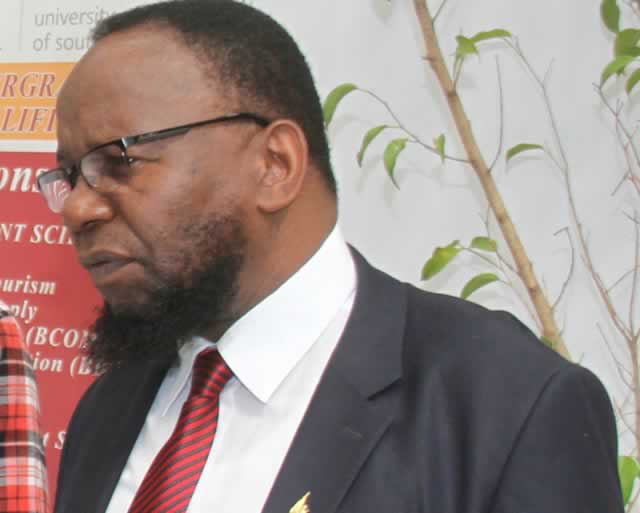Editorial Comment: Let capable investors win schools tenders

Tendering for the building of 2,056 schools countrywide ended on Tuesday, a process that the Minister of Primary and Secondary Education, Lazarus Dokora, said attracted an overwhelming response from interested parties.
With traditional donors shunning Zimbabwe in the context of illegal Western sanctions and with fiscal space tight because of the ensuing economic challenges, expecting the government to build schools using internal resources would be asking for too much. Yet the mismatch between available schools and the demand for a rising population of pupils is widening thus the government had to come up with innovative measures to ensure that the need was met.
In July, the government initiated the process of inviting local and foreign investors to show their willingness to invest in education infrastructure.
As Minister Dokora said, the response to the tenders was resounding.
“We have closed invitations for expression of interests in the schools infrastructure development project. The response to the invitations was overwhelming and I’m satisfied and certain that we will deliver the expected results. The partnership will comprise two models. The first model is the Build Transfer (BT) model, where infrastructure development companies construct schools, hand over the infrastructure to the ministry for use and receive loan repayments as agreed at the time of entering the agreement.
“In the second model, institutions provide funds for the construction of school infrastructure and receive their loan payments as agreed at the time of entering the agreement,” said Minister Dokora.
Adjudication will now start for the government to see whether the bidders’ willingness would be matched by financial capability to actually build the schools.
This is an important phase in the national effort to deliver an equally essential service closer to the people.
We have many children who walk as long as 20KM to school in many parts of the country. We have published sad stories of girls who have been raped in Bulilima and Mangwe districts as they walk to or from distant schools. We have carried reports of girls who live in so-called boarding facilities where sexual perverts have taken advantage of the pupils’ desperation and physical isolation to rape them or engage in sexual activities. The proposed schools would help address these challenges.
While some of the poor geographical distribution of schools dates back to the pre-independence era into the late 1990s, the land reform and redistribution programme expanded the mismatch as formerly unoccupied farms now have entire communities whose children need schools. Many of them use what used to be tobacco barns or farm houses as classrooms. In other cases, enterprising parents have built pole and dagga structures for their children to learn in.
Such infrastructure is not good enough for serious learning and teaching to take place. The education of the children obviously suffers in the circumstances. They will not reach their full potential, one of the reasons why children in rural areas on average perform badly in public examinations.
These and other factors emphasise the need for the government and its partners to move with speed to make education and educational infrastructure closer to those who desperately need it. We look forward to a judicious and fair evaluation exercise that rewards only the capable. We also look forward to equally fair spatial distribution of the new schools so that pupils are within a five kilometre radius of their learning institution.
At the same time, it is our hope that the government is considering ways through which the new schools would be furnished if, of course, this was not specified in the tenders already. Furthermore, one would expect the government and the winning bidders to agree on a timeframe within which construction of schools should be complete.
We are optimistic that the initiative will bear fruit if proper evaluation is done and the capable ones are picked. Through the public-private sector partnerships, the government has been able to revive the Agricultural and Rural Development Authority whose farms had become derelict. Private investors have poured millions to revive a number of Arda estates like Chisumbanje and Middle Sabi in Manicaland and Antelope in Matabeleland South.
Similar success in the delivery of school infrastructure would go a long way in contributing to the attainment of targets stipulated by the government under Zim-Asset’s infrastructure and utilities cluster. Much activity is being witnessed in the energy and roads sub-sectors of this Zim-Asset pillar with many power and road projects lined up or being built. Schools must be part of that agenda.











Comments